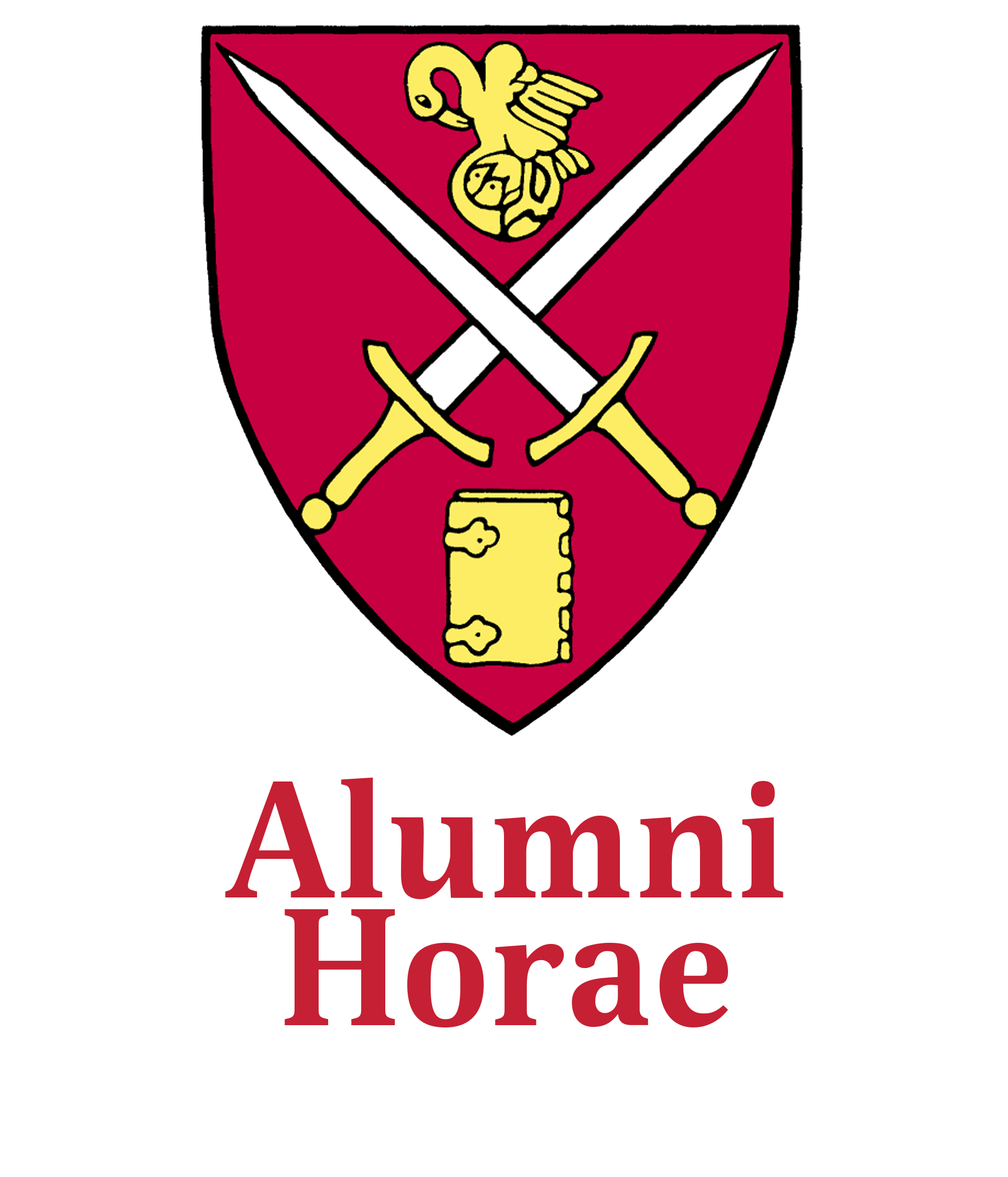Facetime: Emily Murray ’93, environmental lawyer
Defending The Environment - Attorney Emily Murray ’93 puts the environment first
Emily Murray ’93 is a partner in the Los Angeles office of Allen Matkins Leck Gamble Mallory & Natsis LLP. Her practice focuses on environmental litigation and land use law, including federal and state court litigation of environmental claims related to land use, water quality, air quality, and hazardous materials, and the representation of private- and public-sector clients in matters of land use entitlements and environmental compliance. She spoke with Alumni Horae editor Jana Brown.
I majored in environmental science in undergrad, and I wanted to pursue a career in an environmental field, so for me ‘environmental’ came first, and ‘law’ came second. Practicing in environmental law is a great way to access many different aspects and areas of environmental science and policy – from hazardous waste handling and remediation to endangered species protection. One of the things I enjoy most about environmental law is that I have the chance to become specialized in a specific area on an individual case, to learn about the client’s business and the applicable law in great detail, and then turn to the next matter and tackle something completely different.
Right now, I am assisting a commercial fish farming client with a Clean Water Act permitting issue. On another case, I will be arguing later this year in the Ninth Circuit regarding statutory defenses to the federal Superfund law, known as CERCLA. In another matter, I am defending a renewable energy company in a challenge to a previously approved solar project. I recently attended a City Council hearing regarding a wireless telephone company’s proposed distributed antenna system or DAS project.
Human influence on the natural world is at the core of many of my environmental and land use matters, from litigated sites that were historically contaminated by industrial operations to ‘Greenfields’ developments that must mitigate the potential greenhouse gas impacts associated with the project. Environmental law and science go hand in hand, and it is one of the unique challenges of an environmental practice to try to keep pace with the scientific advancements. A complex environmental case may take many years, decades even, and the underlying science often develops at a much faster pace.
California is unique in that, in many cases, more stringent environmental standards are applied on the state level than the national level. As a result, changes in political administrations and USEPA leadership, while significant and important, might not have the same impact on regulatory enforcement in California as elsewhere. I do think that citizen suit enforcement may become an increasingly important source of environmental case law, if the USEPA chooses not to enforce where it might previously have done so.
Although not related to my environmental law practice, I am probably most proud of my work as the chair of my firm’s Pro Bono Committee, and the pro bono work my colleagues and I have done. We are currently representing an asylum seeker and her minor child, who fled to the United States to escape unspeakable abuse in El Salvador. I recently represented an adoptive parent in the judicial process to finalize an adoption. Pro bono work gives attorneys an opportunity to use our training to benefit the community in a way that is significant and meaningful. It’s probably the best part of my job.
To learn more about Emily’s practice, go to: http://bit.ly/EmilyMurray93.

